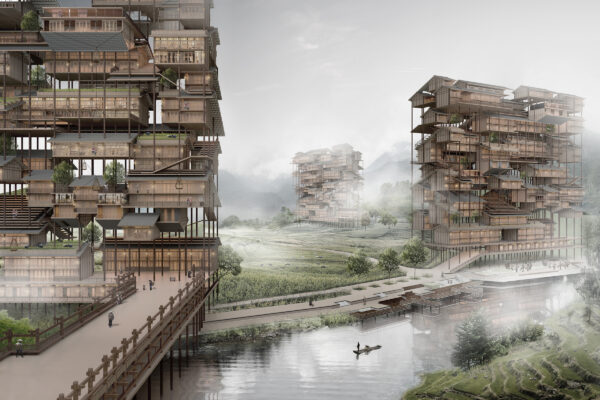Honorable Mention
2022 Skyscraper Competition
Ahmed Helal
United States
Since the construction of the Equitable Life Assurance Building in 1820, the office tower has become synonymous with white-collar productivity in New York City. In the subsequent 200 years, some 450 million square feet of office space has been constructed in the five boroughs, constituting over 10% of all office space within the United States. It wasn’t until the proliferation of the internet, collaborative communication platforms, and co-working spaces, that the office began to decentralize. Then, in 2020, the Global Coronavirus Pandemic completely disrupted the corporate hierarchy, as White-Collar America transitioned to working from home, it became evident that the workforce could remain productive outside the office. It is now clear that there will never be a full return to pre-Covid workplace normalcy. This paradigm shift has rendered the commercial office tower obsolete. If this typology no longer holds value, then what should we do with the obsolete building stock? To simply demolish it would be wasteful, arrogant, and short-sighted, for two reasons. First, all constructions have inherent value simply in that they exist and were an expenditure of finite resources that can never be replaced. To dispose of them is to erase those resources forever. New York City alone produces over 3 million tons of construction waste annually, only 35% of which is returned to the production stream. Second, it is precisely this outdated building stock that gives New York its identity. The only path forward is adaptive reuse – to transform these antiquated buildings into vibrant and essential structures that serve to alleviate the two fundamental architectural crises in the city: housing and public space. – This proposal is an example of adaptive reuse design, changing landmarked office skyscrapers like the AT&T Building by Philip Johnson, currently known as 550 Madison, to residential spaces that prioritize tenants and the local community, offering an accessible well-rounded live, work, and play lifestyle through the design and programming of homes and public spaces. Read the rest of this entry »
























